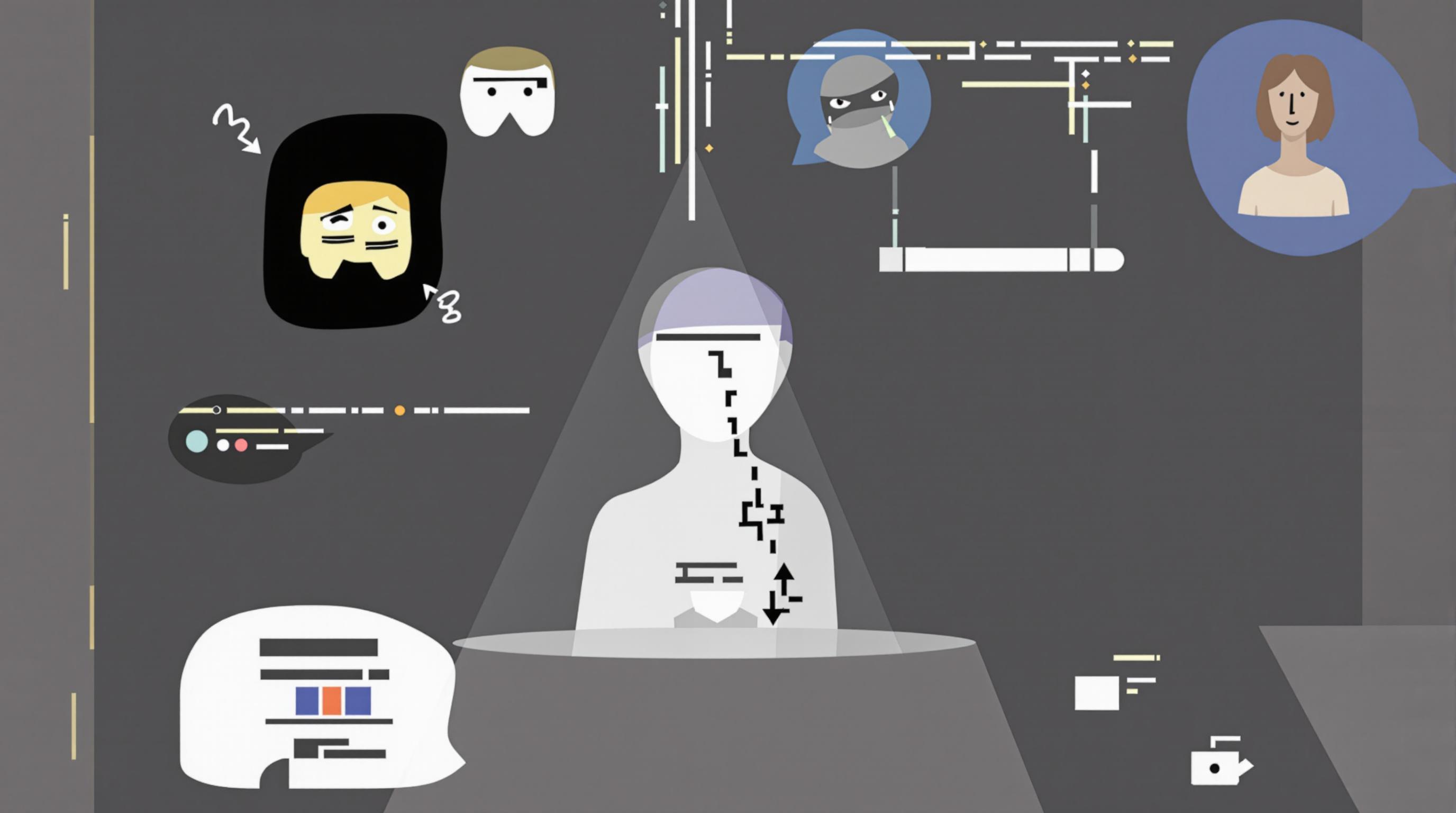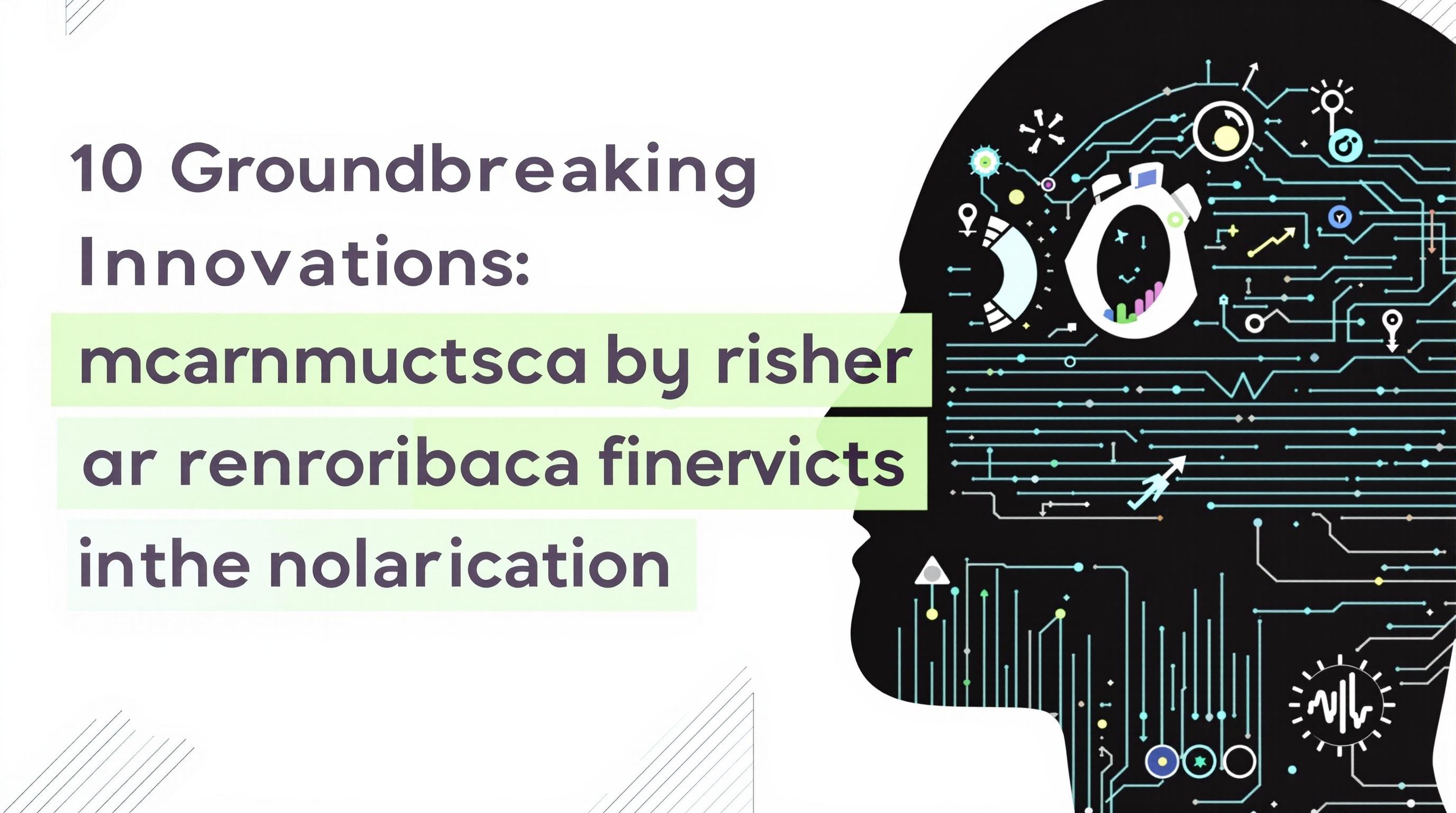Related Articles
- Uncharted Frequencies: The Surprising Role of Subcultures in Shaping Global Digital Landscapes
- Wired Whims: The Unexpected Role of Niche Online Communities in Shaping Global Digital Trends
- Fragmented Signals: Exploring the Shadows of Digital Divide in Emerging Economies and Its Impact on Global Unity
- Decoding the Invisible: How Microbial Communication Could Revolutionize Digital Interactions
- Cryptic Channels: How Encrypted Messaging Platforms Are Reshaping Trust and Transparency in Online Interactions
- Mysterious Modes: The Rise of Cryptographic Channels in Secret Online Dialogues and Their Hidden Impacts
Mysterious Modes: The Rise of Cryptographic Channels in Secret Online Dialogues and Their Hidden Impacts
Mysterious Modes: The Rise of Cryptographic Channels in Secret Online Dialogues and Their Hidden Impacts
The digital age has ushered in a new era of communication, where messages can be encrypted and shared in secrecy. This article explores the rise of cryptographic channels in online dialogues, their implications for privacy and security, and the subtle dynamics influencing their use.
The Birth of Cryptographic Channels
The journey of cryptography dates back thousands of years, but its transformation into a tool for digital communications is relatively recent. Initially used by the military and diplomats, it was the advent of public-key cryptography in the 1970s that laid the groundwork for widespread secure communication. Today, cryptographic methods are embedded in popular applications like WhatsApp and Signal, allowing users to communicate with an assurance of privacy.
Why We Need Secrets
In a world where 75% of adults express concerns over their online privacy (Pew Research Center, 2021), the importance of secure communication cannot be understated. Secrets aren’t merely entertaining plot devices in spy novels; they are essential for personal, corporate, and state secrets. Clearcut incidences, such as the Apple vs. FBI debacle in 2016, underscore the tension surrounding privacy and security in the digital age. Apple’s refusal to create a backdoor for authorities highlighted not only the company’s commitment to customer privacy but also ignited a vehement debate about ethical boundaries in technology.
Modes of Interaction: Beyond Traditional Dialogues
While traditional social media platforms prioritize openness, encrypted channels foster a sense of intimacy and trust among users. Platforms like Signal and Telegram have seen exponential growth, with Signal reporting 50 million downloads in just a few weeks following heightened awareness of privacy issues (Statista, 2021). This shift towards secure communication isn't lost on anthropologists and sociologists who observe how digital spaces transform human interactions.
The Humorous Side of Encryption
Imagine having a deep conversation with a friend about how to make the world a better place, only to have your discussion interrupted by a viral meme showcasing cats wearing sunglasses. "I swear," your friend chuckles, "if those cats can keep secrets, we need them on our team!" Humor permeates even the most serious subjects, and sometimes, hidden dialogues have their own comic factor. Yet beneath the laughter lies a grave seriousness; mishandling sensitive conversations can lead to unwanted exposure.
Case Study: Political Activism and Encrypted Communication
One of the most significant impacts of cryptographic channels is evident in political activism, particularly during the Arab Spring. Activists used encrypted messaging apps to organize protests, effectively bypassing government surveillance. According to a 2018 report by Freedom House, regions experiencing civil unrest often surged in encrypted communications to avoid censorship and retaliation, showcasing how critical these tools become under oppressive regimes.
Using Encryption: Challenges and Misconceptions
Despite their advantages, many users harbor misconceptions about encryption and operating cryptographic tools. A survey conducted by CyberThink Analytics found that 55% of respondents believed that encrypted channels meant they could perform illegal activities without consequences, which is a misunderstanding of the technology's function. While encryption safeguards privacy, it inherently comes with responsibilities, including ethical considerations surrounding misuse.
The Ripple Effects
The rise of cryptographic channels has not only influenced individuals but has also transformed entire industries. Businesses are becoming increasingly aware of the implications of secure communication, with over 60% of employers now enforcing policies on encrypted apps in the workplace (Gartner, 2022). By mandating the use of these tools, organizations strive to protect their intellectual property while simultaneously fostering a culture of trust among employees.
Cryptography: Not Just for Techies
The narrative surrounding cryptography often presents it as complicated, shrouded in layers of technical jargon that can alienate the average user. However, as we now live in an interconnected society, it’s imperative that the concept becomes more accessible. In a casual conversation with my grandmother—she recently turned 70—she innocently inquired, “Can you make sure my texts about recipe secrets don’t end up on the world’s kitchen table?” While humorous, her question illustrates a pressing reality: security awareness shouldn't be limited to tech-savvy individuals.
Statistics and Projections
Looking ahead, the cryptographic market is projected to reach over $26 billion by 2027 (Research and Markets, 2021). With the increase in remote work and digital transactions, the demand for secure communication channels will only escalate. This growth illustrates the importance of clear user education about both the utility and ethical usage of encryption tools.
The Balance Between Security and Society
As cryptographic channels proliferate, they inevitably create a delicate balance between individual freedom and societal security. On one hand, encrypted communication empowers individuals to speak freely without fear of censorship. On the other, it raises concerns about the potential for misuse by those with malicious intents, including cybercriminals and extremist groups. Striking the right balance is critical in developing future policies on cyber communication.
Engaging in Dialogue: Safety First
Incorporating encrypted communication into your daily routine requires understanding its functions. Imagine a father, protective of his daughter, encouraging her to use encrypted channels when communicating about her late-night plans. “You never know who’s lurking online,” he warns half-seriously, and she rolls her eyes while contemplating her Snapchat choices. The essence of this interaction encapsulates the generation gap in understanding safety in dialogues—what seems like common sense to one may spectacularly bypass the other.
The Social Implications
As people turn to encrypted channels, there's an important social dynamic to consider: the potential fragmentation of communication. The rise of private channels could inadvertently create bubbles where only ideas that echo one’s own are shared, leading to isolation from diverse perspectives and opinions. This choice of dialogue must be balanced with an awareness of social responsibilities that come with technology.
The Future of Communication
So, what does the future hold as these cryptographic channels continue to rise? One can envision a landscape where the availability of secure communication is ubiquitous, yet the societal implications are far more significant. With tools that offer both connection and obfuscation, we face unprecedented possibilities while contending with the ethics of their use.
Conclusion: Embracing the Shift
What began as a simple desire for confidentiality has evolved into a societal staple. The shift towards cryptographic channels is more than a trend; it signifies a broader movement towards understanding our rights in digital spaces. As consumers, professionals, and citizens of the internet, we must educate ourselves, embrace the shift, and be responsible in our usage of these powerful tools.
A Call to Dialogue
Whether you are 16 or 70, engaging in secure conversations is now a part of our reality. Let's embrace this shift with a responsibility that befits our digital age. After all, if secrets are the lifeblood of the internet, let's make sure we know how to safeguard them responsibly.





